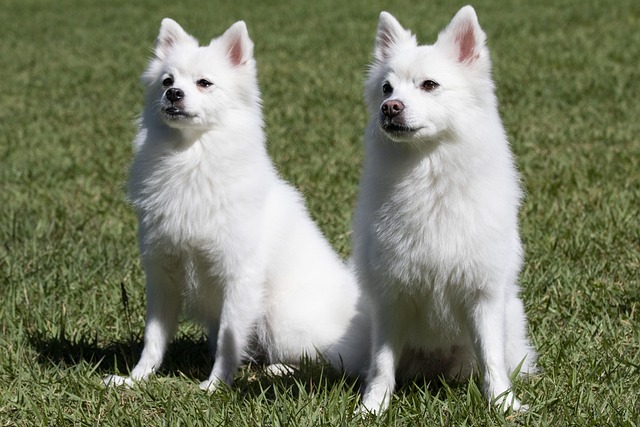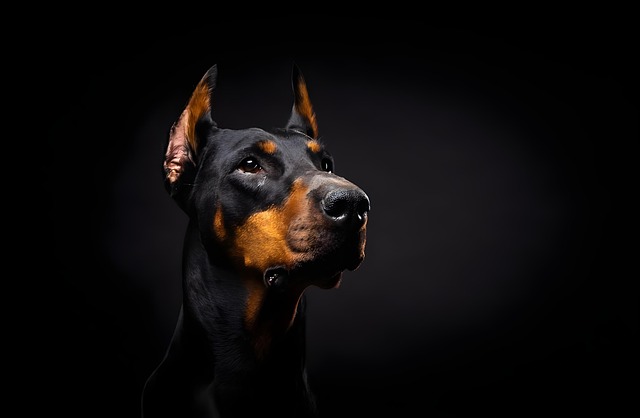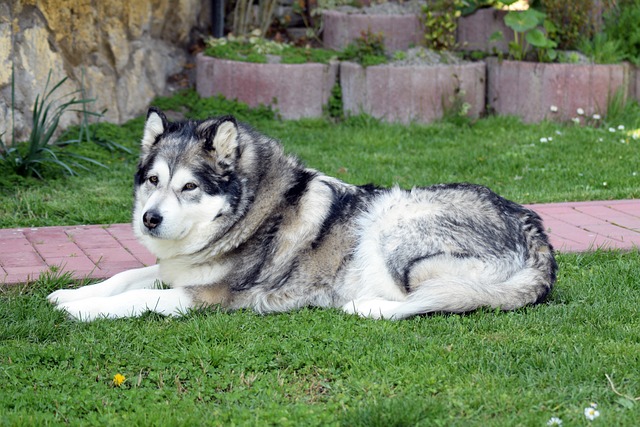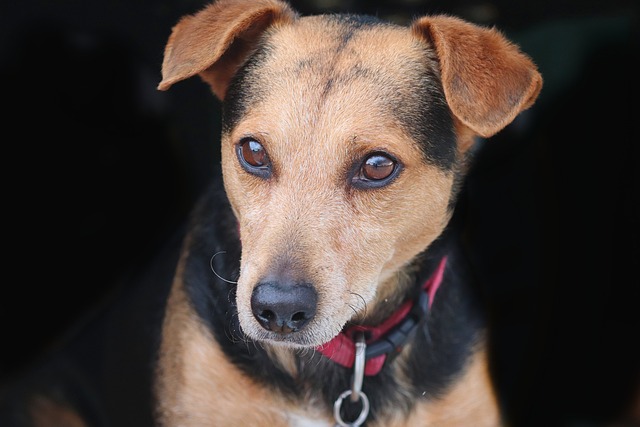
What is behavioral training for dogs?
What is behavioral training for dogs? At its core, it’s the art of guiding your four-legged friend to understand acceptable actions within your household and community.
That heart-sinking moment when your newly adopted shelter dog barks hysterically at a passing stroller in Brooklyn—did you miss the socialization window? Let’s bust the biggest myth first: socializing adult dogs isn’t just possible; it’s neuroscience-backed. While puppies have a prime learning period (8-16 weeks), adult brains retain neuroplasticity—meaning they can form new positive associations. Your 5-year-old rescue isn’t doomed; they just need strategic positive exposure techniques.
Start by reframing "socialization" as "teaching neutrality." For a dog traumatized by city sounds, begin with recorded traffic played at whisper volume during meal times in your Seattle apartment. Pair each distant siren with chicken bits. Gradually increase volume over weeks, watching for stress signs (panting, whale eye). Next, practice "look at that" games: Sit 50 feet from a quiet park entrance, rewarding calm observation of passersby before reactivity erupts. This counter-conditioning rewires their amygdala: "Humans/dogs = chicken rain!" Never force interactions—consent is key.
Urban life demands tailored approaches. Apartment dwellers: Use hallway "setups" with trusted neighbors. Ask them to drop treats while ignoring your dog during elevator encounters. For reactive breeds like herding mixes (common in rescues), incorporate impulse games: Teach "find it" with scattered kibble when joggers pass. Always carry high-value rewards—hot dogs beat kibble for dopamine hits. If setbacks occur (e.g., Fourth of July fireworks), return to earlier success stages without punishment. Scolding fear violates animal welfare norms and deepens distrust.

Now, the non-negotiable adult dog compliance layer. Unvaccinated socialization risks parvo outbreaks—ensure rabies/distemper shots are current (federally mandated). Leash laws apply during training: Off-leash greetings in NYC parks risk $500 fines. Scoop religiously—even during reactive episodes—since Boston fines hit $300 per missed cleanup. Pro tip: Muzzle train using peanut butter for safer vet/park visits; it signals responsibility, not danger. Notify neighbors: "Training Luna to feel safer outdoors—appreciate your space!" Patience here isn’t just training; it’s community citizenship.
Bottom line? Late socialization takes months, not weeks. But that formerly terrified shelter dog mastering calm Brooklyn walks? That’s living proof: Hope has no expiration date.

What is behavioral training for dogs? At its core, it’s the art of guiding your four-legged friend to understand acceptable actions within your household and community.

When your Labradoodle digs up your prized petunias or your Beagle turns your new sneakers into chew toys, frustration can quickly set in. But before reaching for punishment, understanding the root causes of canine misbehavior is key.

Husky puppies are bundles of energy with a spirit as wild as the Alaskan tundra they hail from. Training these furry whirlwinds requires a blend of consistency, patience, and understanding.

Understanding why your dog acts afraid is the first step. Fear can stem from lack of early socialization, past negative experiences like loud noises or aggressive interactions, or even genetic predispositions.

House training a puppy takes patience and science-backed methods—not just five days. Embrace the journey for lasting success and a strong bond.

Overcome dog aggression with patience and science: build calm, safe associations—not dominance—to help your rescue pup thrive confidently around others.